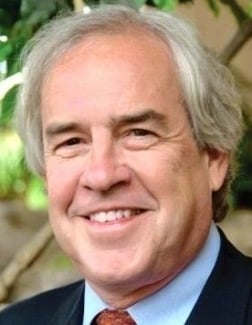
As the industry moves full speed ahead to new payment and care delivery models, executives at some of the country’s largest health systems say that physicians must lead the way.

Pearl was joined by Marc Klau, M.D., assistant regional medical director for Southern California Permanente Medical Group; Philip Oravetz, M.D., medical director for accountable care at Ochsner Health System in southeast Louisiana; Lee Sacks, M.D., CEO of Advocate Physician Partners in Illinois; and Nicholas Wolter, M.D., CEO of Billings Clinic in Montana, for the roundtable. They offered ways their systems groom and find physician leaders.

Both Oravetz and Klau said that their organizations screen doctors early on in the hiring process and make note of those who seem like potentially promising leaders. In fact, Ochsner, one of the largest independent academic health systems in the United States and Louisiana’s largest not-for-profit health system, has four leadership tiers that allow staff members who are growing into leadership roles to progress up the ladder: emerging, progressing, advanced and executive, Oravetz said.

At the emerging level, physicians and other staffers are exposed to what a career in management would be like, according to Oravetz. He said the system wants to expose as many employees as possible to that pathway. Succession planning is also emphasized, Oravetz said, and leaders are encouraged to have a potential successor in place before leaving.
“Everybody kind of just progresses along,” he said. “It’s critical that we have a pipeline.”
Billings Clinic, Montana's largest healthcare organization, employs more than 400 physicians and advanced practitioners, and also flags physicians that may make for good leaders early on. Wolter said each year staff lists are re-examined for potential leaders. Having effective clinician leaders is especially important for Billings’ rural Montana population.

Klau said health systems must “put leadership on the table early on,” which is something that is also emphasized at Southern California Permanente Group. Potential physician leaders undertake a three-day leadership program that is held over the course of two months. Advanced courses are offered for those who are progressing into potential senior leadership roles, Klau said. He said it’s vital that a leadership program ensures that potentially good candidates don’t fall through the cracks.
Advocate Physician Partners, which is part of Advocate Health Care, the largest health system in Illinois, recently put more focus on cultivating leadership, Sacks said, and training programs were initially fairly disorganized.
The group created a talent management panel, which meets once a year and can pinpoint physician leaders. Senior physicians were asked to be more proactive about succession plans, and compensation was offered to docs who took on governance roles, Sacks said. The stipends were among the biggest motivating factors, he said, as clinicians who were offered compensation for missed work hours were more engaged and prepared for discussions.
CAPP has compiled a series of online articles on physician leadership, Pearl said, for those health systems or practices who may not yet be fully cultivating leaders. The posts seek to “translate the experience of national leaders” to applicable strategies, he said.